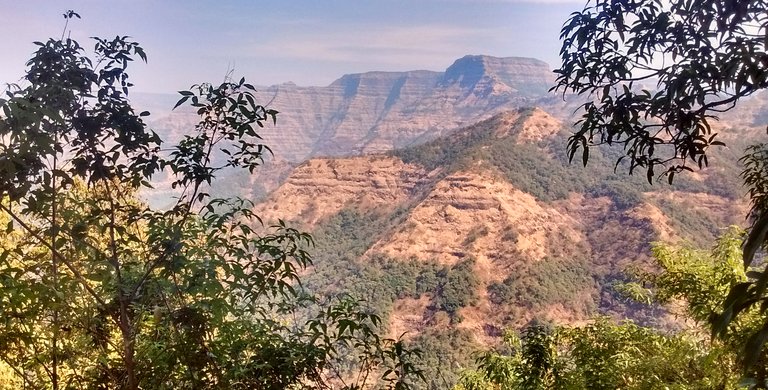The asteroid or volcanoes, what made dinosaurs disappear?

Using high-precision dating techniques, two research groups have made a new attempt to decipher how massive destruction occurred 66 million years ago. Both have concluded that, in addition to the asteroid, vulcanism influenced, but very differently. Both studies have been published in the journal Science (1, 2).
It is an ancestral debate the extent to which an asteroid or volcanism that fell in Yucatan affected the massive destruction that eliminated most dinosaurs. To better understand this, researchers have dated rocks from the lava spilled in Deckan (India).
A group, using uranium-lead dating, has concluded that four episodes of high-volume eruption occurred, each lasting approximately 100,000 years, beginning the eruptions tens of thousand years before the asteroid fell. According to the researchers, the amount of gas emitted in those eruptions would have radically changed the climate, which would have caused the destruction long before the arrival of the asteroid.
On the contrary, the second research group, dating in argon-argon (40Ar/39Ar), has reached a very different conclusion: 600,000 years after the arrival of the asteroid, 75% of the Decanco lava. Thus, it has been suggested that the asteroid would have set in motion the destruction and that the volcanism that was to come next would be over.
Buletina
Bidali zure helbide elektronikoa eta jaso asteroko buletina zure sarrera-ontzian











